A Dense Hedge of Color, Quickly
Why Tri-Color Dappled Willow Shrubs?
The Tri-Color Willow Hedge Shrub, or 'Dappled Willow', is an amazing new shrub that can be planted to form a colorful 8 to 10-foot privacy hedge. Heavy branching means that the stunning Tri-Color Willow grows quickly and beautifully.
In fact, you can expect a full hedge after the first few growing seasons, along with ethereal beauty that makes an effortlessly elegant statement. Even better? It's easy to prune if you want it kept short.
And its rounded or weeping silhouette makes it a great accent plant as well. Put one at the corner of your home to liven up dull spots with vivacious, eye-catching vibrancy.
Plus, new growth emerges with a rich pink tint that leaves a fresh impression. During spring, your Dappled Willow Shrub will come alive, with an array of branches full of light green foliage and a hint of white on each leaf. The Tri-Color truly lives up to its name in color variation and graceful good looks.
Why Fast-Growing-Trees.com is Better
Not only is the Tri-Color Dappled Willow nearly impossible to find at big-box retailers and local garden centers...but you won't find a healthier, better-developed anywhere else.
We’ve planted, grown and shipped your Tri-Color Willow Shrub with meticulous care, so you get a hassle-free shrub that’s ready to thrive in your landscape and burst with growth quickly.
Since this is a newer hedge introduction, we have limited quantities available. Order your Tri-Color Dappled Willow today...and get a stunning look for your landscape tomorrow!
Planting & Care
1. Planting: Choose a location with well-drained soil and plenty of sunlight (a minimum of 4 hours of sunlight per day). Dig a hole that’s three times as wide and equal in depth as the root ball. Remove your plant from its original container, position into the hole ensuring that it’s standing upright, and the top of the root ball is even with the ground.
Begin backfilling the hole, tamping down lightly as you go. Once the hole has been completely filled, water to allow the soil to settle and eliminate any air pockets.
2. Watering: We recommend watering these plants in the morning, at the base. If you’re not sure when to water, simply check the top 2 inches of soil for dryness.
3. Fertilizing: Apply a slow-release fertilizer once a year in early spring, before new growth emerges.
4. Pruning: Any broken branches can be pruned back in spring before new growth begins.

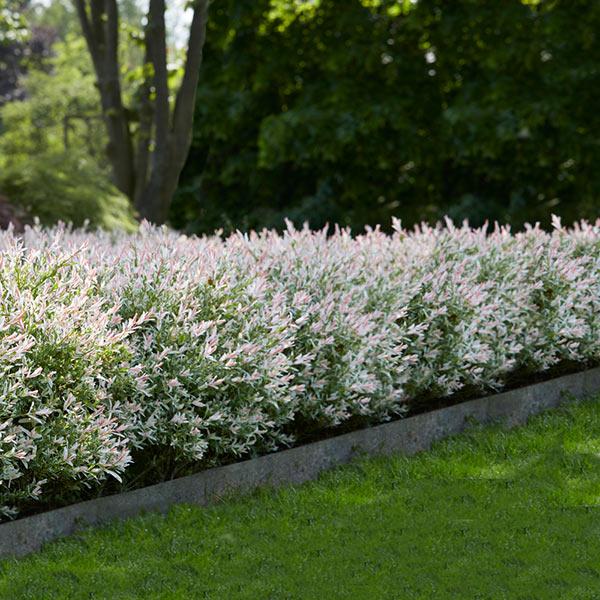
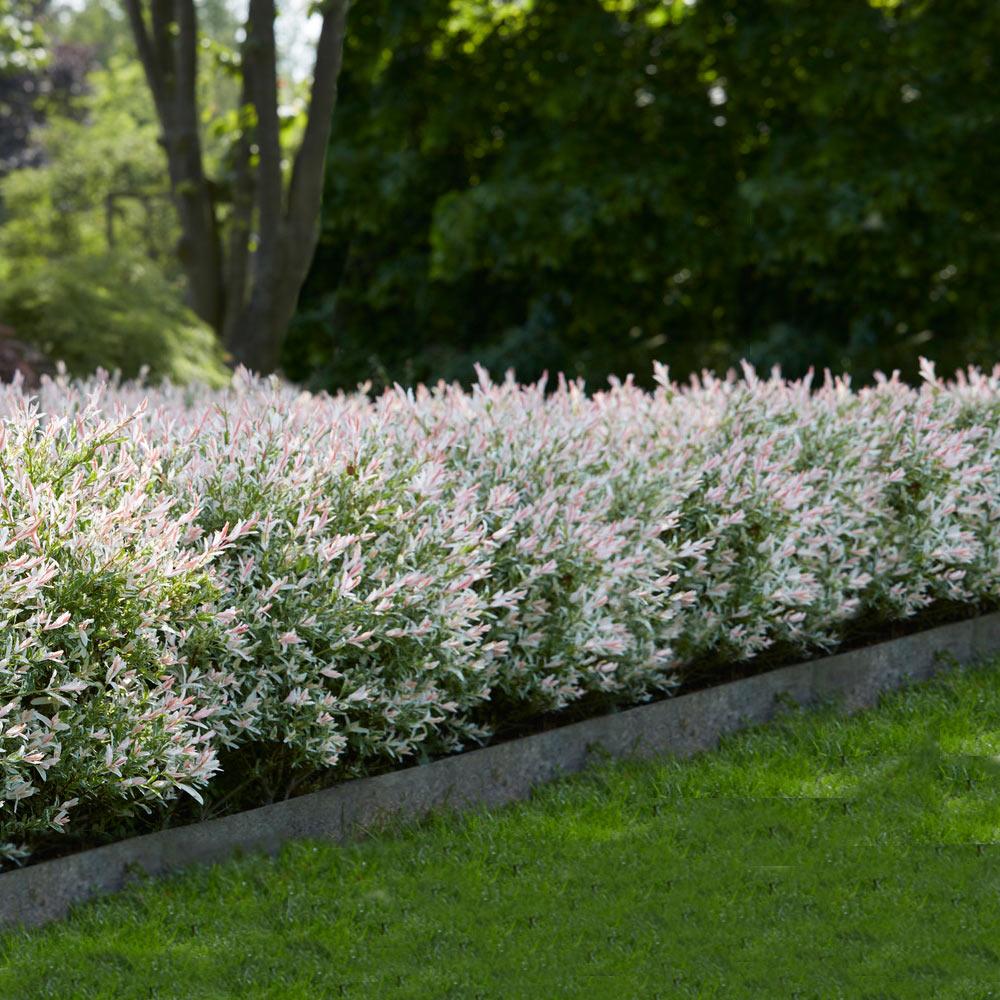
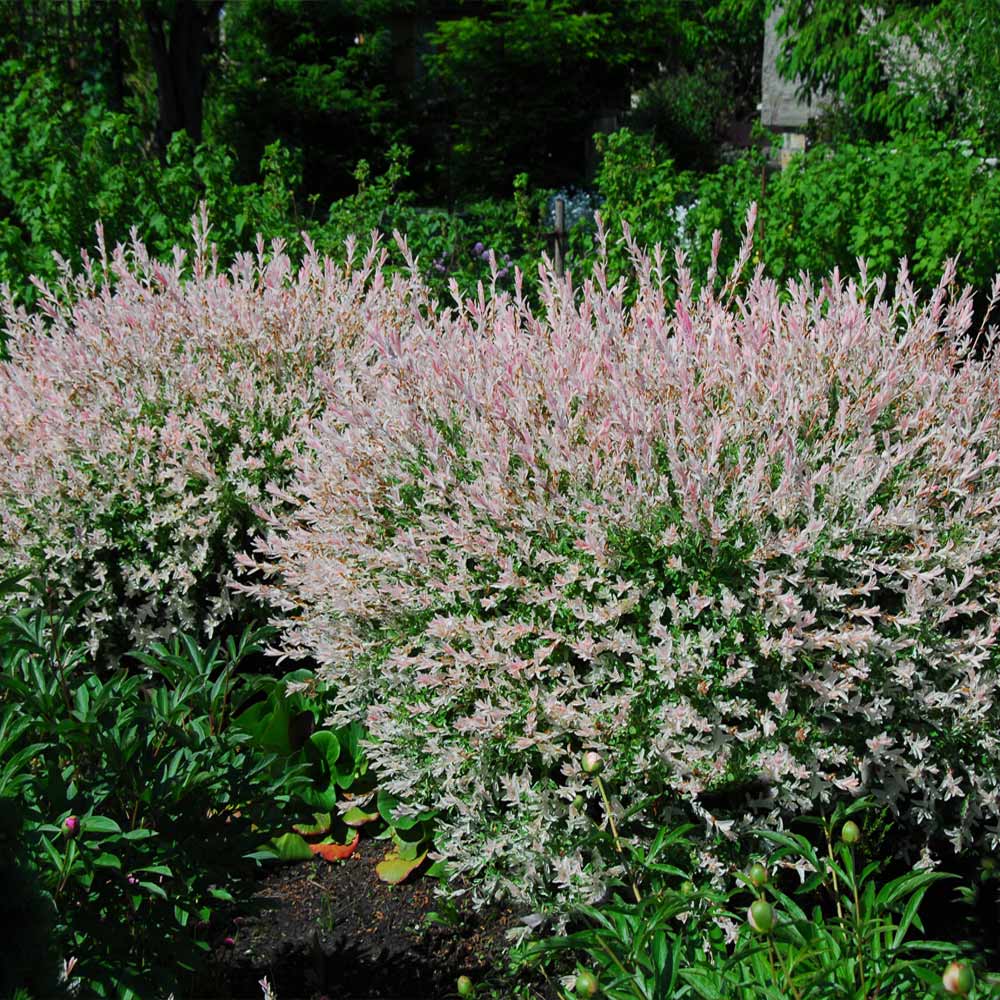
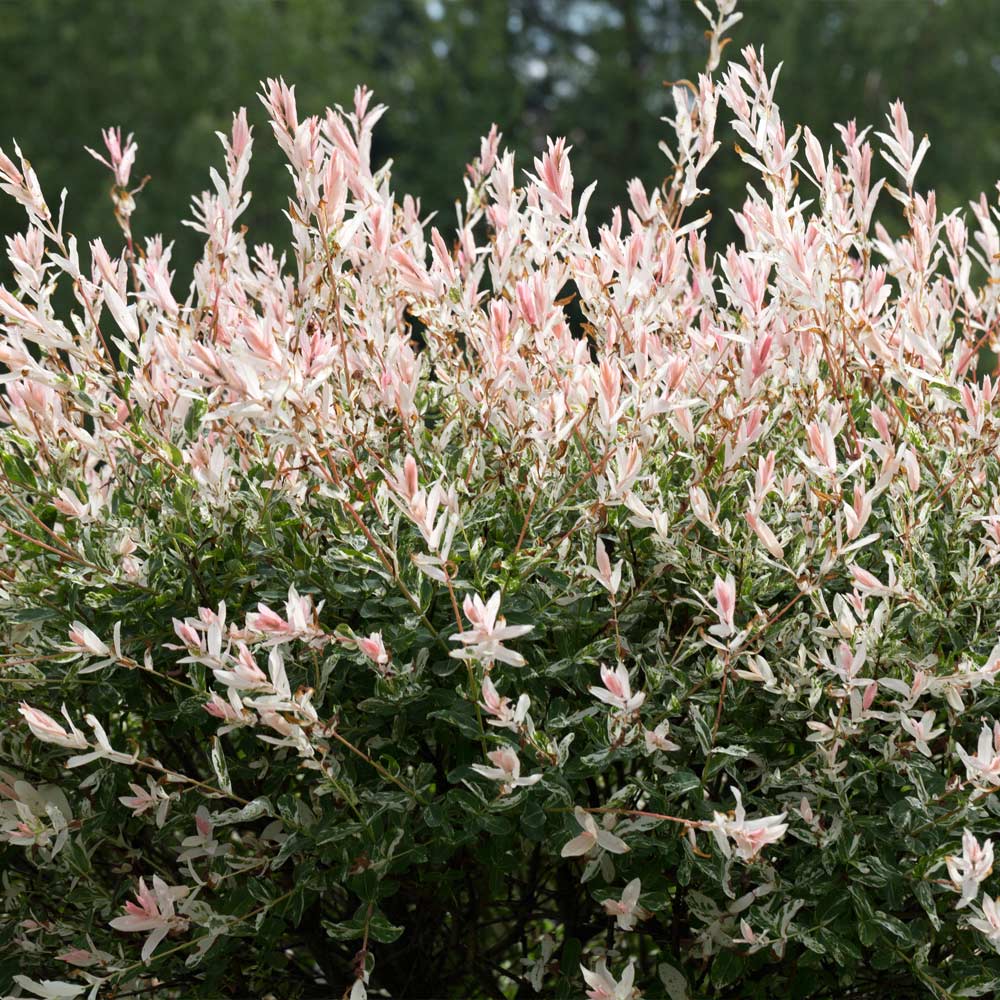
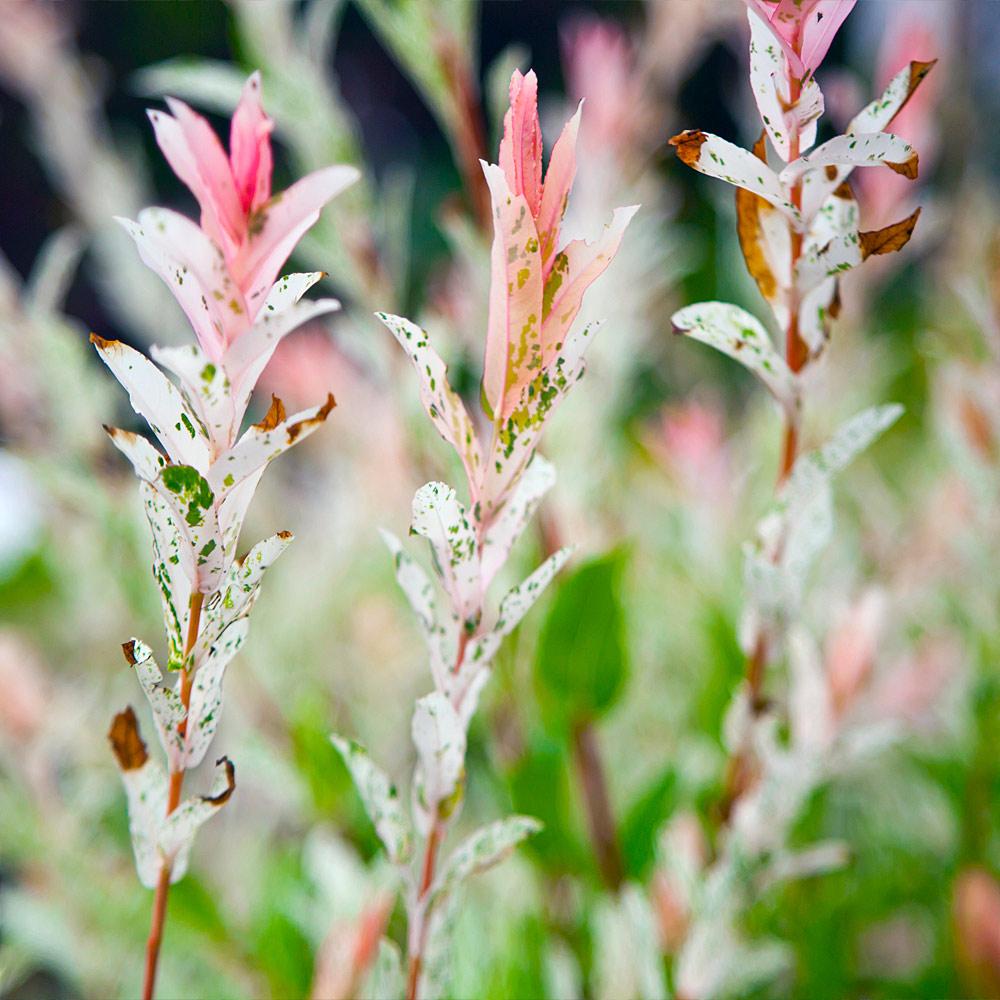
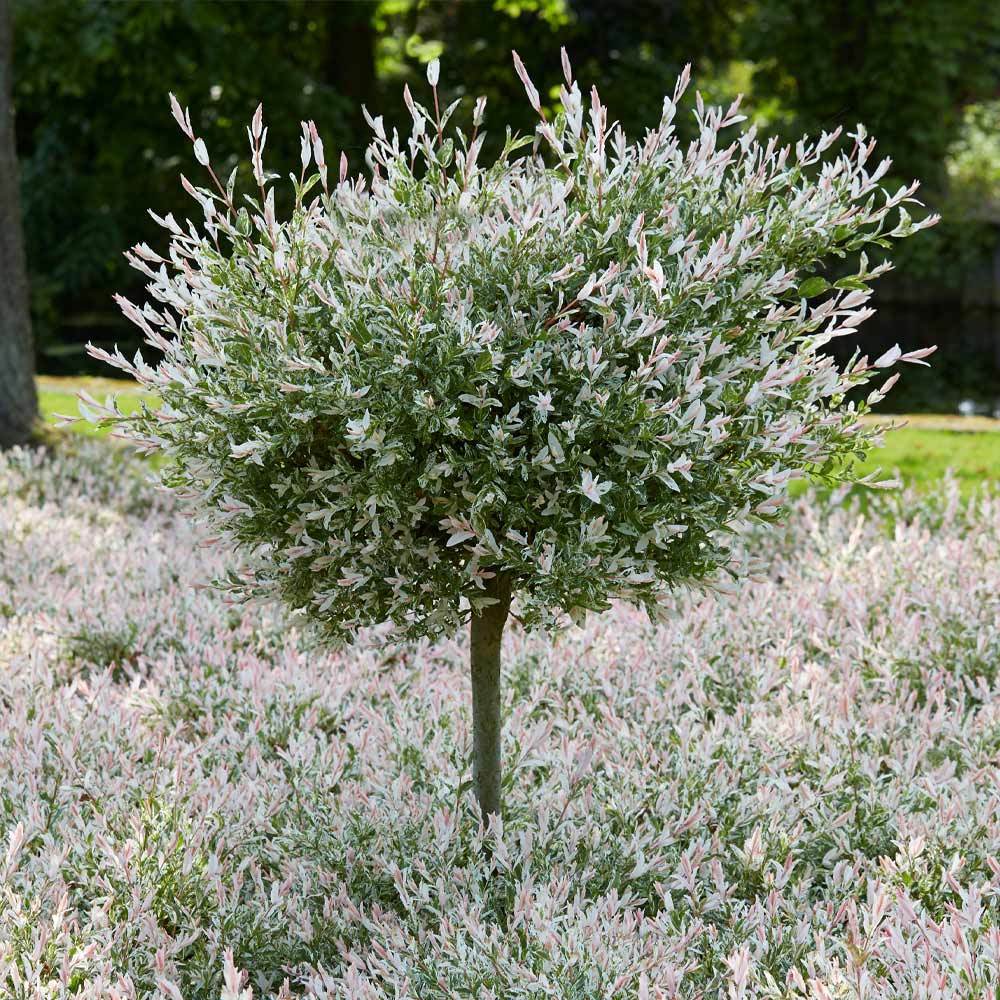

Comment